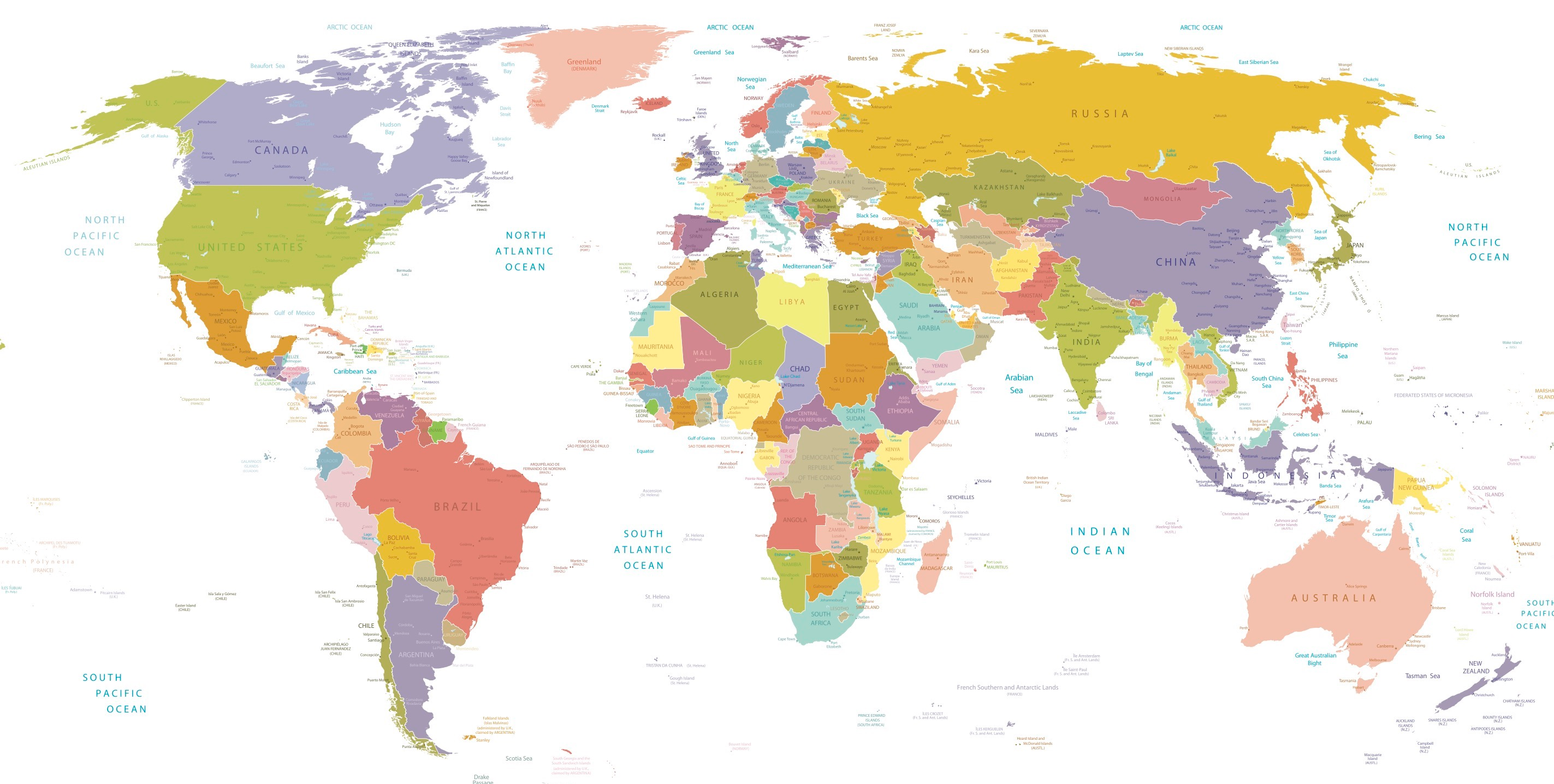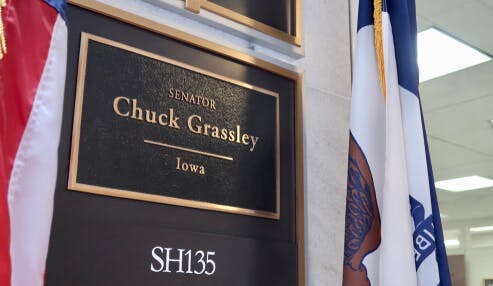The D.C. Circuit court upheld a March 2020 district court decision that the family members of EB-5 investors do indeed count against the 10,000 visas the program is given each year. The three-judge panel stated it would “require clearer legislative direction” to make such a momentous change.The judges ruled, much to the disappointment of not only the plaintiffs but investors across the world, that the counting of family members was indeed the intent of Congress when it created the EB-5 program in 1990."In matters of immigration policy, where deference to the political branches is high, we require clearer legislative direction than just the relocation of unaltered statutory text before adopting a reading of the statute that [affects] the type of sweeping and monumental change in immigration policy that the plaintiffs' reading of the statute would cause," wrote Circuit Judge Justin R. Walker."When an investor gets an investor visa, the investor's family members get that same kind of visa," declared the panel. "And because they get the same kind of visa, the investor's family members also count against the investor visa cap.”
Expert affidavit claims the judges are wrong
However, the panel’s interpretation of the statute ignores evidence to the contrary, argued David Bier, a research fellow of the Cato Institute, a think tank in Washington, D.C. Bier offered an expert affidavit for the plaintiffs and points to the Refugee Act of 1980, which specified that dependents will count against the cap."The court says,” Bier stated, “that the fact that the applicants are subject to the same order of consideration as the principal applicant means that they are subject to the cap, and... that's just factually inaccurate."
Lawsuit history
The lawsuit was filed in 2018 by The American Lending Center, a regional center, and 13 Chinese investors. The suit argued that the U.S. Department of State was wrong in counting “derivative” family members of EB-5 investors against the annual allotment of 10,000 visas.The suit argued that counting family members against the cap violated an Administrative Procedures Act, and that the Immigration and Nationality Act does not allow for the counting of visa numbers to non-investors.This resulted, the suit claimed, in unlawfully reducing the number of visas for investors, extending wait periods, separating families (children would often be too old to qualify for a visa by the time their parents did), and hurting the U.S. economy.In a typical year, of the 10,000 visas available, about one-third would go to actual investors and the other two-thirds would go to family members.
Reactions to the decision
The plaintiffs’ counsel, Ira Kurzban, lamented the decision by the appeals court: "Congress intended to have 10,000 investors providing 100,000 jobs to US workers.” IIUSA Executive Director Aaron Grau commented on the ruling: "We believe Congress developed the EB-5 visa to facilitate economic development and job creation and that the law should be interpreted as such: facilitating the most number of investor visas as possible. This case represented a well-reasoned legal solution to provide that relief and economic stimulus."Law360 article (subscription required)






